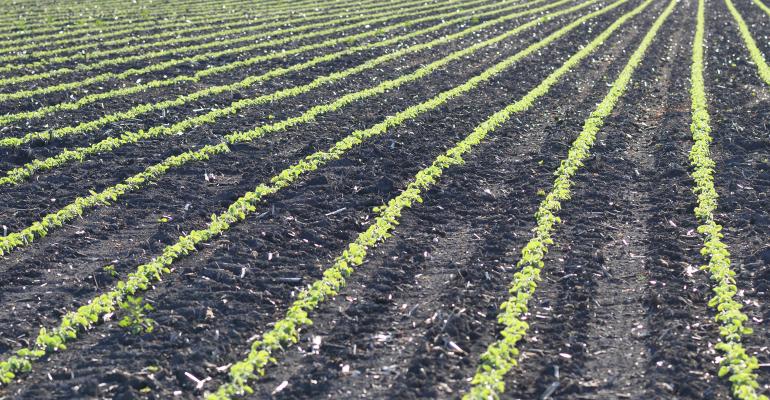August 8, 2019

By John Schuler
Harvest will be upon us soon, which means now is a good time to evaluate your current farmland lease arrangements.
While the two most common types of leases are crop share and cash rent, there are many variations for both, such as flex, bushel, two-thirds, 50-50 and more. But are they financially equal? Given commodity prices of the past five years, it has been difficult for share leases to produce the same net income as a cash lease. Earlier in the decade, as grain prices went up, cash rents followed closely behind; but they have been slower to come back down, much like land values. This has led to an imbalance in net income between the two leases.
Do they have to be equal? Absolutely not, because there are strengths and weaknesses in both rental arrangements. But if you want to be on par with your current share lease, here are a few options for landowners and tenants:
1. Drainage. Do you have areas in fields that could benefit from additional tile? A 3-acre pond in a year like 2019 can significantly drag down your overall yield. More bushels to sell equals more income, and perhaps both parties could pay for materials and installation, making for a win-win.
2. Production seed contracts. Seed corn and soybean seed contracts can offer significant premiums to your bottom line. If you can secure a contract, it is possible to receive $50 to $100 more per acre.
3. Specialty crops. Products like food-grade corn or non-GMO crops can offer more flexibility to farmers than a seed production contract because they do not require you to separate individual hybrids or varieties, as with seed production. Typically, premiums are lower than those on seed contracts, but they are much more widely available. Weed and pest pressure, plus herbicide resistance, could negate savings and premiums in the long run, so one size does not fit all for this possible solution.
4. Grain storage. Grain storage can produce a positive return on investment by deferring the delivery month, or by storing and then hauling crops to an ethanol plant or processor that is not accessible during harvest. Drying on-farm could also significantly reduce commercial drying costs, as well as open both parties to contracting opportunities. Again, sharing costs and responsibilities is the key in order for both parties to benefit.
5. Reduce input costs. To achieve higher net income, you don’t necessarily have to produce more bushels. Look for ways to cut input costs. Are you paying for genetics you do not need? With lighter rootworm pressure the last couple of years, you may not need a fully traited hybrid corn. On the fertilizer side, variable-rate application has become common for retailers and could reduce your fertilizer bill. Consider nitrate testing and split-applying nitrogen as needed, instead of a one-time application in the fall or spring.
Again, share and cash leases do not have to be financially equal, but you can narrow the gap by being open-minded and creative.
Schuler is a farm manager with Busey Ag Services, LeRoy, Ill., and is a member of the Illinois Society of Professional Farm Managers and Rural Appraisers. Email farm management questions to [email protected].
You May Also Like




